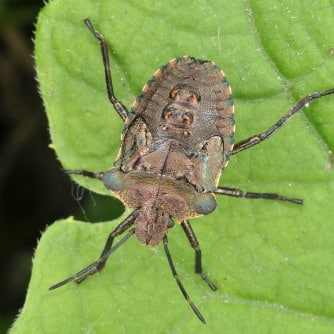Across the southern United States, residents face a tangible but mostly unrecognized risk of contracting Chagas disease (American trypanosomiasis) – a stealthy parasitic infection that can lead to severe heart disease and death. Typically spread to people through the feces of blood-sucking triatomine bugs – also known as “kissing bugs” because they feed on people’s faces during the night, the disease is being seen in Texas and recognized at higher levels than previously believed. Melissa N. Garcia, from Baylor College of Medicine (Texas, USA) observe that a high rate of individuals are testing positive for Chagas disease in their blood; as well as experiencing high rates of heart disease that appear to be Chagas-related. Chagas disease can also be spread through blood supply, and the study authors, who conducted an analysis of routine testing of Texas blood donors for Chagas between 2008 and 2012, found that one in every 6,500 blood donors tested positive for exposure to the parasite that causes Chagas disease. That figure is 50 times higher than the US Centers for Disease Control & Prevention (CDC) estimated infection rate of one in 300,000 nationally, which may suggest a substantial national disease burden. Observing that: “Although well established as an important cause of morbidity and mortality in Latin America, Chagas disease is increasing in recognition as a potential cause of heart disease in the United States,” the study authors urge that: “Cardiologists should consider the changing transmission dynamics associated with Chagas disease in the southern United States and should consider Chagas disease in patients who may have clinically-compatible electrocardiogram or cardiomyopathy, even if the patient has no history of residing in a Chagas-endemic country.”
“Kissing Bugs” Disease: Undertreated Public Health Threat?
Melissa N. Garcia, et al. “Chagas Disease Transmission and Cardiac Manifestations Among Texas Blood Donors” [Abstract #698]. Presented at American Society of Tropical Medicine and Hygiene 63rd Annual Meeting, Nov. 4, 2014.
RELATED ARTICLES




